The story of the 17th Lancers is not one of parade ground drill or posing in photo ops, although in modern times they do have a display team for ceremonies. They were engaged in every war the British involved themselves in, and nearly got wiped out several times, never shirking their duty. They exist today as the Queen's Royal Lancers, their mounts now are not horses, but Scimitar armored vehicles.
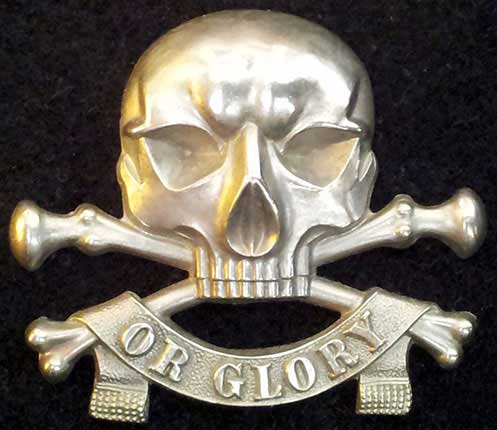
Cap Badge of 17th Lancers
In 1759, Colonel John Hale, after serving in North America during the Seven Years War ( or as we yanks like to put it, the French and Indian War) arrived in Britain with news of the great victory at the Battle of Quebec, and was soon put upon to form a regiment of light dragoons, and was also known as Hale's Light Horse. The outfit saw service originally in Germany, then Ireland, and by 1769 became known as the 17th Regiment of Light Dragoons.
In 1775, the 17th was sent to the colonies in America, where they were immediately involved in the Battle of Bunker Hill. They harrassed the Continental Army to such a degree during the New York/New Jersey campaign that George Washington asked Congress for their own cavalry in 1777. The 17th reaped the whirlwind in 1781 at the Battle of Cowpens, when American cavalry dished it out, with the 17th taking heavy casualties. At war's end, an officer of the 17th also served to notify General Washington of the cessation of hostilities. That had to hurt.
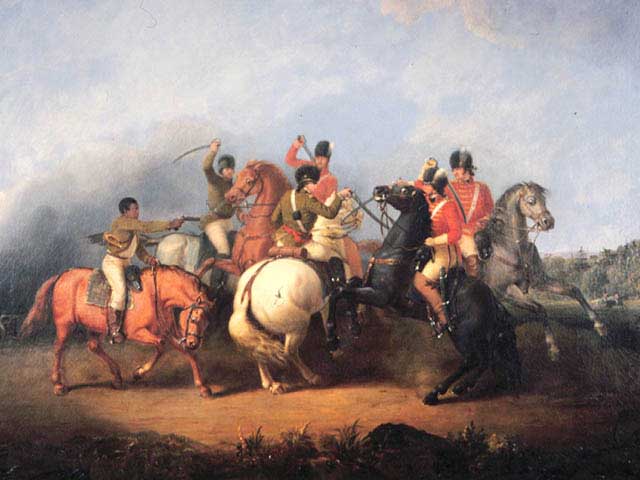
Battle of Cowpens
The 17th found itself in Argentina during the Anglo-Spanish Wars, eventually being captured then ushered out in 1808. The end result being courts martial for the overall British commander, and independence for the Argentinians, who didn't get much help from the Spanish Crown in defeating the British, and realized they liked things better on their own. This wasn't the last time the British would tangle with Argentina.
The 17th was off to India shortly after that, spending their time in countless small engagements in the unruly frontier. They participated in the Third Anglo-Maratha War, in which the entire sub-continent of India came under British East India Company rule. The 17th lost 150 men to combat wounds during thier time in India, but the biggest enemy was cholera and other diseases to which they lost over 800 men. When they left India, their name changed, and after became known as the 17th Lancers.
Time doesn't stand still, and didn't for the 17th, either. With the Crimean War, the 17th's involvement was crowned by the famous "Charge of the Light Brigade", where they and others regiments charged into Russia's guns, with few returning to answer roll call the next morning. Not one backed down from the guns.
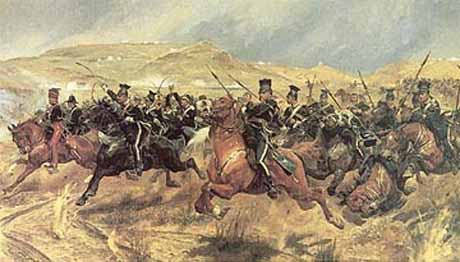
The Charge of the Light Brigade
They fought in the Zulu Wars, eventually paying the Zulu's back for Isandlwhana, and helping to end the Zulu as a fighting force. They missed serving in Afghanistan, but entered the Boer War near the end, learning the hard way about guerilla warfare. At the Battle of Moddersfontein, the Lancers were outwitted by Boers in British uniforms to be chopped to pieces, with few survivors.
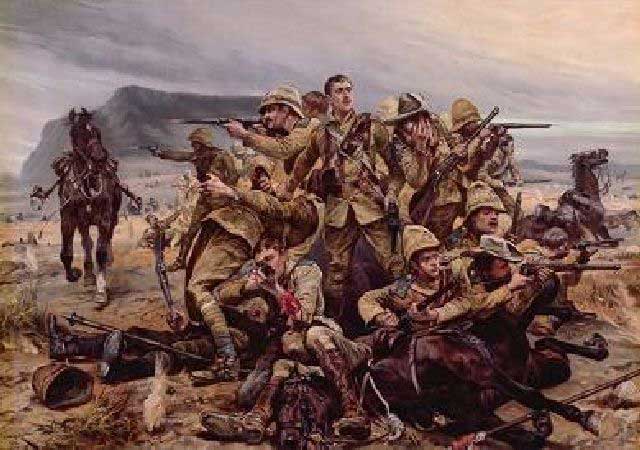
Survivors of the Battle of Moddersfontein
In World War I, the world had moved past cavalry, and the 17th served in the trenches, or were sidelined till a cavalry job had come up. It actually did come up at the Battle of Cambrai, where tanks and cavalry were put to work. At this time the war had at last started to become more mobile, and the 17th morphed into mounted infantry. After the war, the 17th found itself in Ireland for the Troubles, and realized that you can't ever relax your combat skills.
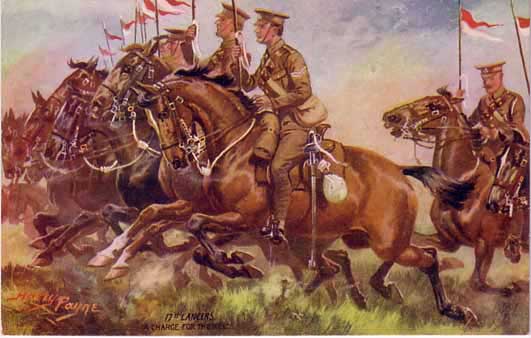
The 17th as mounted infantry
After WW1, the 17th was lumped in with the 21st Lancers in a downsizing that engulfed the entire British Army. It seems that the British brass had learned no lessons from the huge modern war they had just fought and sent the Lancers back to training with lance and sword. In one small nod to modern times, the Lancers did get four Vickers guns.
With the coming of WW2, the Lancers were finally to give up their horses for amored vehicles, which they didn't really get till after the war began. They were inducted into the 6th Armored Division and joined the Allies in Operation Torch, which they spent in a collection of obsolete British tanks, till they all got Shermans, in which they felt they had a much better chance of survival, though still not matching Germany's best. They fought their way through North Africa and then on to Italy, ending the war there.
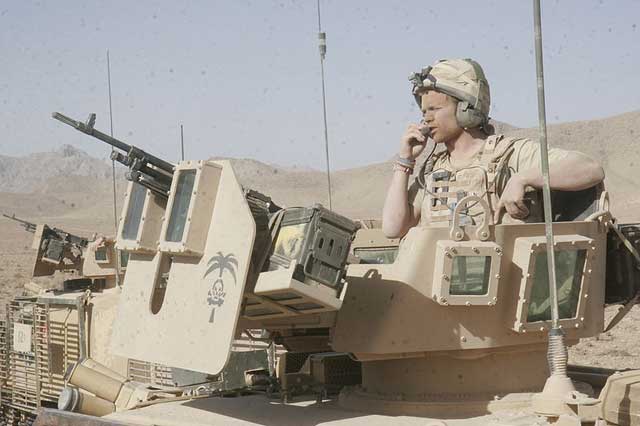
Queens Royal Lancers in Helmand Province
The Lancers were released from tanks, and into armored cars for more duty in Ireland, then the Palestine crisis. In 1993 the 17th/21st Lancers were absorbed by the formation of the Queen's Royal Lancers. In the last decade or two they have fought through the Iraq and Afghanistan wars, finally coming back home in 2013 after 3 tours in Afghanistan, maybe for good or until the next international crisis. It has been a long journey since Hale's Light Horse.
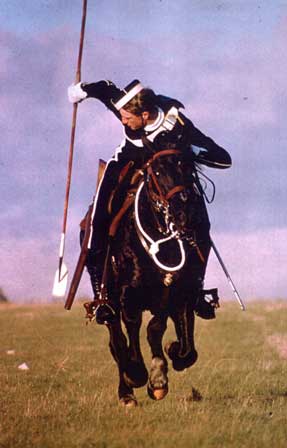
The 17th Lancers Display Team

